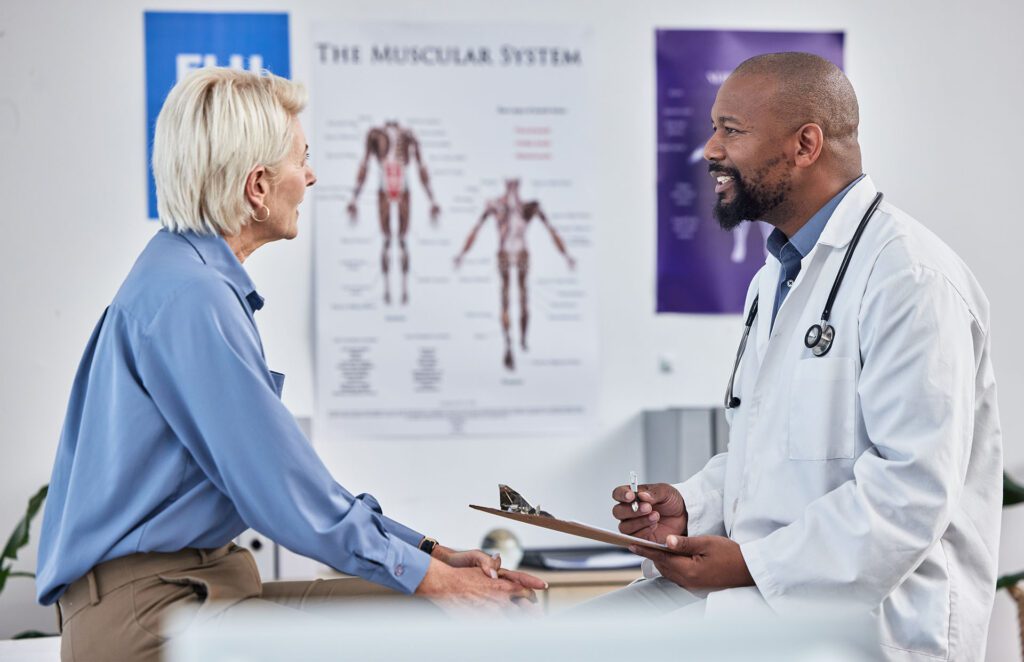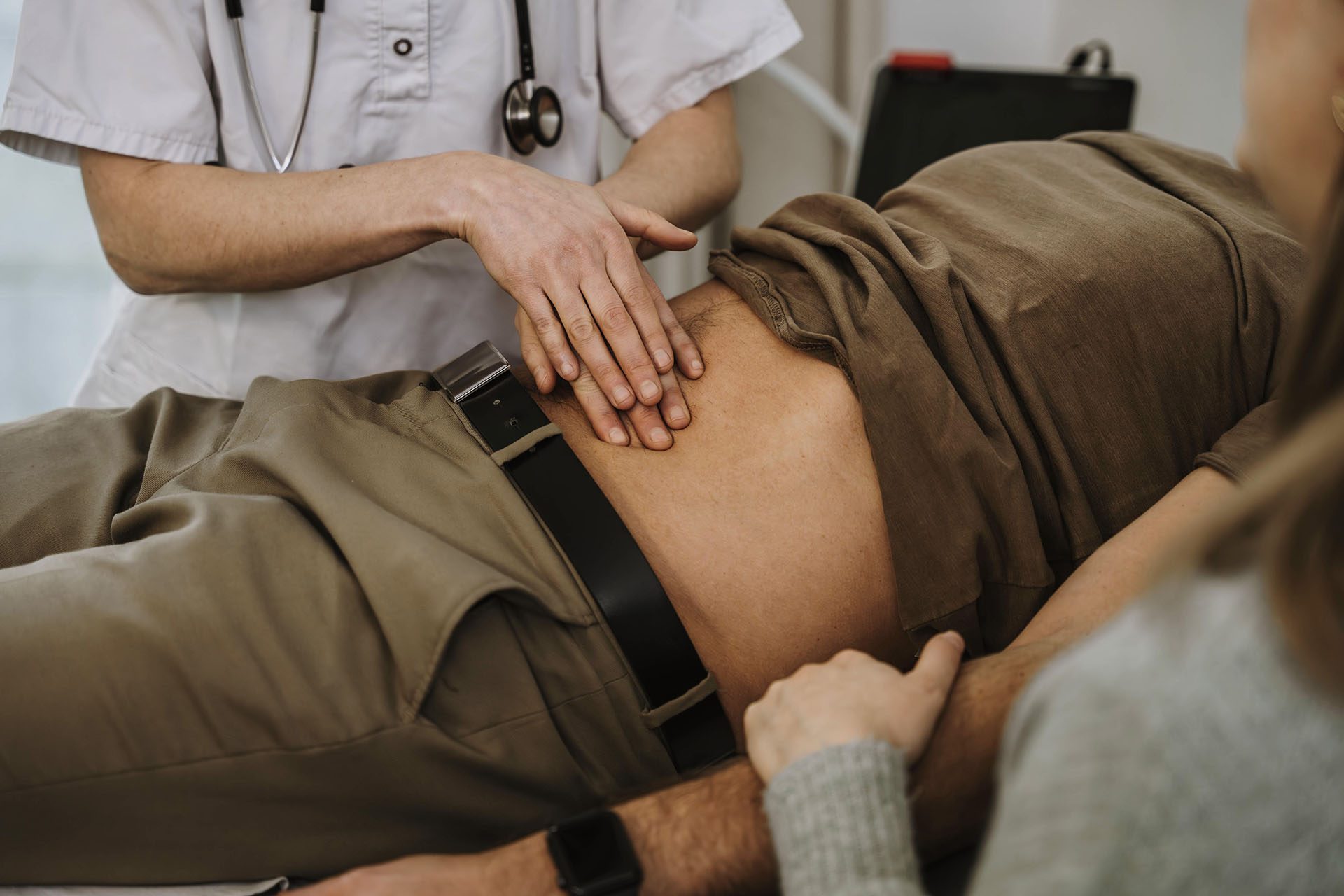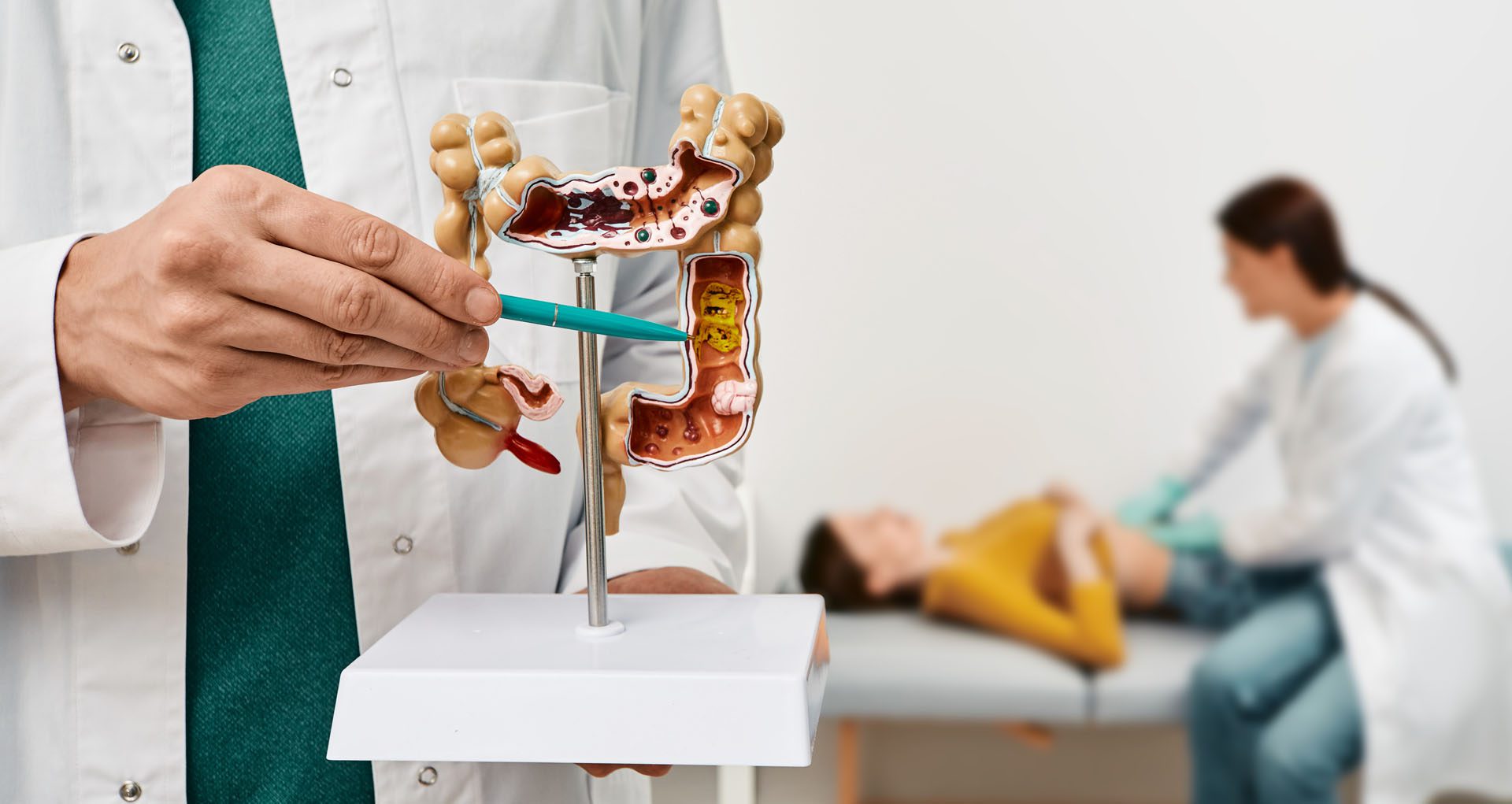ChiroMed’s New Year’s Resolutions in 2026

How Integrative Chiropractic Care and Nurse Practitioners Can Help You Achieve Your Health Goals
Many people in El Paso, TX, set New Year’s resolutions to get healthier. Goals like building fitness, managing pain, increasing energy and immunity, reducing stress, and improving sleep are common. At ChiroMed – Integrated Medicine Holistic Healthcare, they offer a team approach that combines chiropractic care with nurse practitioner (NP) services. This helps create plans just for you. Chiropractors work on your body’s structure and movement. NPs focus on diet, mental health, and total wellness. Together, they provide comprehensive support that addresses both physical and mental aspects for real, lasting changes (ChiroMed, n.d.).
ChiroMed has been helping people since 1996. Their team includes experts such as Dr. Alex Jimenez, a chiropractor (DC) and board-certified Family Nurse Practitioner (FNP-BC). He brings skills in wellness, nutrition, and pain care. Other team members, like chiropractor Anthony Wills and physical therapist Kristina Castle, add to the mix. They use naturopathy, rehab, nutrition advice, and acupuncture for a holistic way. This means they treat root causes, not just symptoms, for better health (Jimenez, n.d.).
Adjustments improve your movement and performance. Lifestyle coaching covers food and exercise. The clinic’s integrated approach addresses the body and mind. Dr. Jimenez notes that this teamwork addresses issues such as poor posture and poor eating habits to boost quality of life (Jimenez, n.d.). At ChiroMed, they partner with your other doctors for complete care.
Improving Fitness with ChiroMed’s Integrative Care
Fitness goals often involve more activity or strength building. But if your body has limits, it can be tough. At ChiroMed, chiropractors like Dr. Jimenez and Anthony Wills fix spinal alignment. This boosts flexibility and mobility, making exercise safer and better. Adjustments help avoid injuries as you start new routines (5280 Balanced Health Center, n.d.).
NPs at the clinic guide your diet and workout plans. They check your health to suggest foods that give energy for fitness. The team develops a strategy in which chiropractors improve movement, and NPs ensure good nutrition.
Here are ways ChiroMed supports fitness:
- Personalized Adjustments: Spinal tweaks from chiropractors enhance posture, strength, and balance. This helps with activities such as running or weight training (Family Greatness Chiropractic, n.d.).
- Exercise Coaching: NPs and therapists recommend custom routines, like walking or rehab exercises. They monitor to prevent overdoing it.
- Injury Prevention: Regular visits find problems early. This keeps you going strong (Freedom Chiropractic, n.d.).
- Holistic Tips: Mix chiropractic stretches with NP advice on water intake and proteins for muscle growth (Alter Chiropractic, n.d.).
Dr. Jimenez sees that exercises like high-intensity training work best when the spine is in optimal health. ChiroMed uses rehab to increase agility and power without meds (ChiroMed, n.d.). This leads to fitness that lasts.
Start small, like 10-15 minutes of movement a few times a week (Pediatric Health Network, n.d.). With ChiroMed’s help, you’ll gain better movement and daily energy.
Managing Pain Effectively at ChiroMed
Pain can block your goals. Back or joint aches make things hard. ChiroMed’s chiropractors target causes with adjustments. These ease nerve pressure and cut chronic pain (Core Health Centers, n.d.).
NPs offer lifestyle support, such as diets that help reduce swelling or ways to manage stress. The team plan has chiropractors fixing structure, NPs covering food and mind.
Key benefits at ChiroMed:
- Targeted Relief: Adjustments correct alignments for neck or back pain. This starts natural healing (Grovetown Chiropractic, n.d.).
- Diet Support: NPs suggest anti-inflammatory foods, such as fruits. This pairs with chiropractic for stronger effects (Treating Pain, n.d.).
- Preventive Care: Check-ups stop pain from getting worse (Herron Family Chiropractic, n.d.).
- Holistic Methods: Add acupuncture or supplements to adjustments for full pain relief (ChiroMed, n.d.).
Dr. Jimenez’s work at ChiroMed shows that non-surgical tools, such as decompression, help with disc problems and sciatica. He uses NP knowledge for root fixes, less pain, more movement (Jimenez, n.d.).
Try SMART goals, like daily walks. ChiroMed breaks them down for wins (Treating Pain, n.d.).
Boosting Energy and Immunity with ChiroMed
Tiredness or weak defenses can stop progress. ChiroMed’s care boosts energy by tuning nerves. Better alignment means your body works well and fights fatigue (River of Life Chiropractic, n.d.).
NPs support nutrition for immunity, such as vitamin-rich diets.
How ChiroMed helps:
- Nerve Optimization: Adjustments improve brain-body links, raising energy (Core Health Centers, n.d.).
- Nutrition Plans: NPs recommend whole foods and immune-boosting supplements. This wards off sickness (Discover Health and Wellness, n.d.).
- Stress Link: Less tension saves energy (Malone, n.d.).
- Holistic Boost: Add hydration and activity for life force (ChiroMed, n.d.).
Dr. Jimenez at ChiroMed uses functional medicine to address inflammation and gut health, which are key to immunity. His plans lift energy naturally (Jimenez, n.d.).
Habits like eating more veggies build strength (Pediatric Health Network, n.d.).
Reducing Stress for Better Wellness at ChiroMed
Stress hits mood and health. ChiroMed chiropractors cut physical tension with adjustments. This drops stress hormones and brings calm (Freedom Chiropractic, n.d.).
NPs teach mental tools, such as breathing or setting limits.
Benefits:
- Tension Relief: Adjustments free muscle stress (River of Life Chiropractic, n.d.).
- Mental Tools: NPs offer yoga or meditation for daily calm (Treating Pain, n.d.).
- Positive Loop: Better feelings encourage ongoing care (Malone, n.d.).
- Lifestyle Integration: Include friends or walks for balance (Alter Chiropractic, n.d.).
Dr. Jimenez notes that stress appears physically. ChiroMed plans use exercises and food to reduce it (ChiroMed, n.d.).
Enhancing Sleep Quality with ChiroMed
Sleep aids recovery. ChiroMed fixes pain that disrupts rest (Core Health Centers, n.d.).
NPs suggest habits, like no screens before bed.
Support:
- Comfort Adjustments: Align spine to ease night pain (Freedom Chiropractic, n.d.).
- Routine Tips: NPs advise steady sleep times (Pediatric Health Network, n.d.).
- Stress Reduction: Less worry means deeper sleep (River of Life Chiropractic, n.d.).
- Holistic Aids: Try magnesium or calm techniques (Jimenez, n.d.).
Go for 7-8 hours (Treating Pain, n.d.).
The Power of Partnership at ChiroMed
At ChiroMed, chiropractors and NPs work as a team. Chiropractors handle movement, NPs do diet and mental health. This builds strong change (Alter Chiropractic, n.d.).
Dr. Jimenez leads this integration. His dual role shows how it improves results (ChiroMed, n.d.).
Use journals to track. Celebrate steps (Herron Family Chiropractic, n.d.).
In El Paso, ChiroMed makes resolutions real with holistic care.
References
Alter Chiropractic. (n.d.). Holistic chiropractic techniques for complete wellness.
ChiroMed. (n.d.). ChiroMed – Integrated Medicine Holistic Healthcare in El Paso, TX.
Core Health Centers. (n.d.). 5 benefits of chiropractic care for the new year
Discover Health and Wellness. (n.d.). 4 new year’s resolutions your chiropractor can help you with
Family Greatness Chiropractic. (n.d.). Sticking to your new year’s resolutions: A chiropractic perspective
Freedom Chiropractic. (n.d.). How chiropractic care supports your new year’s resolutions in 2025
Grovetown Chiropractic. (n.d.). Four new year’s resolutions a chiropractor can help with
Herron Family Chiropractic. (n.d.). New year’s resolutions to make proactive health with chiropractic
Jimenez, A. (n.d.). Injury specialists
Jimenez, A. (n.d.). Dr. Alexander Jimenez DC, APRN, FNP-BC, IFMCP, CFMP, ATN ♛
Malone. (n.d.). Why health habits beat resolutions—and how chiropractic helps
Pediatric Health Network. (n.d.). Health-related 2026 new year’s resolutions that actually stick
River of Life Chiropractic. (n.d.). New year, new you: How chiropractic care supports your health goals in 2025
5280 Balanced Health Center. (n.d.). Why chiropractic care should be part of your new year’s resolutions
Treating Pain. (n.d.). Practical new year’s resolutions to manage pain

















